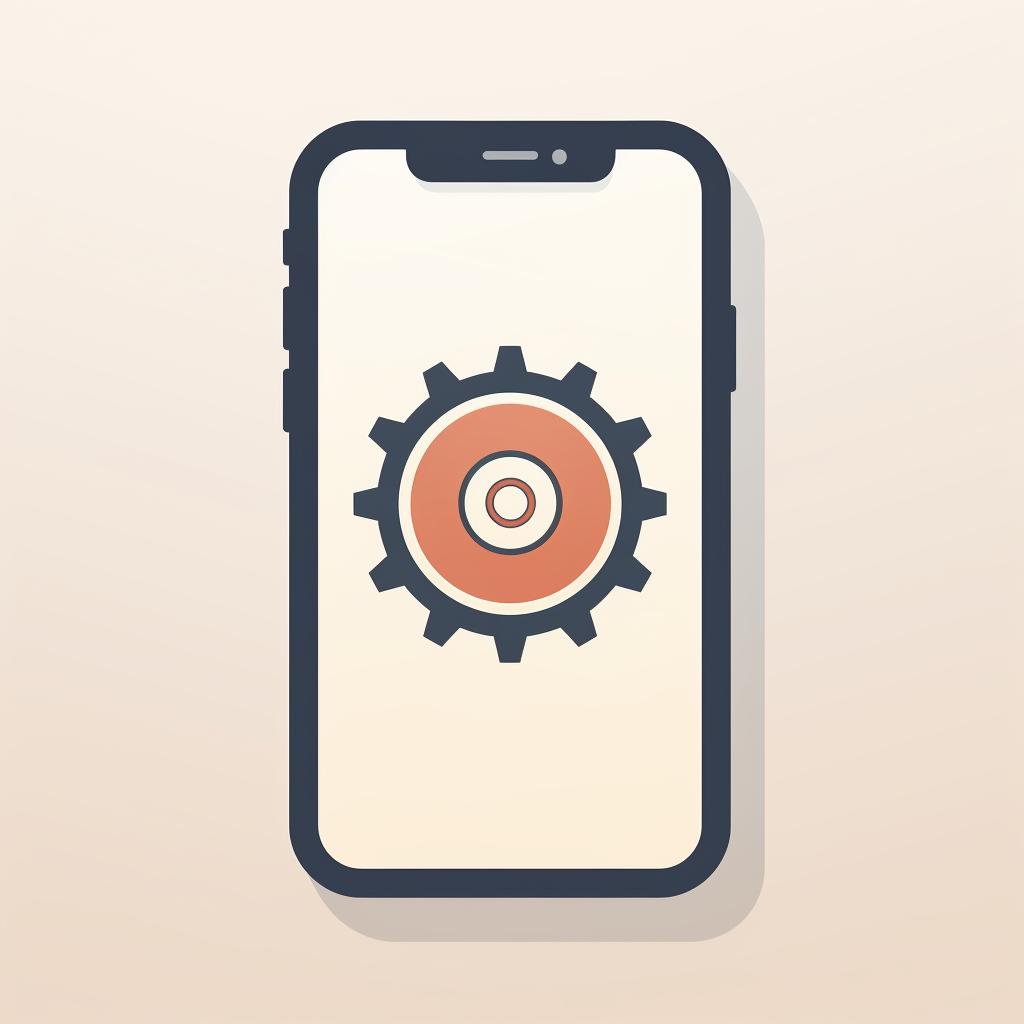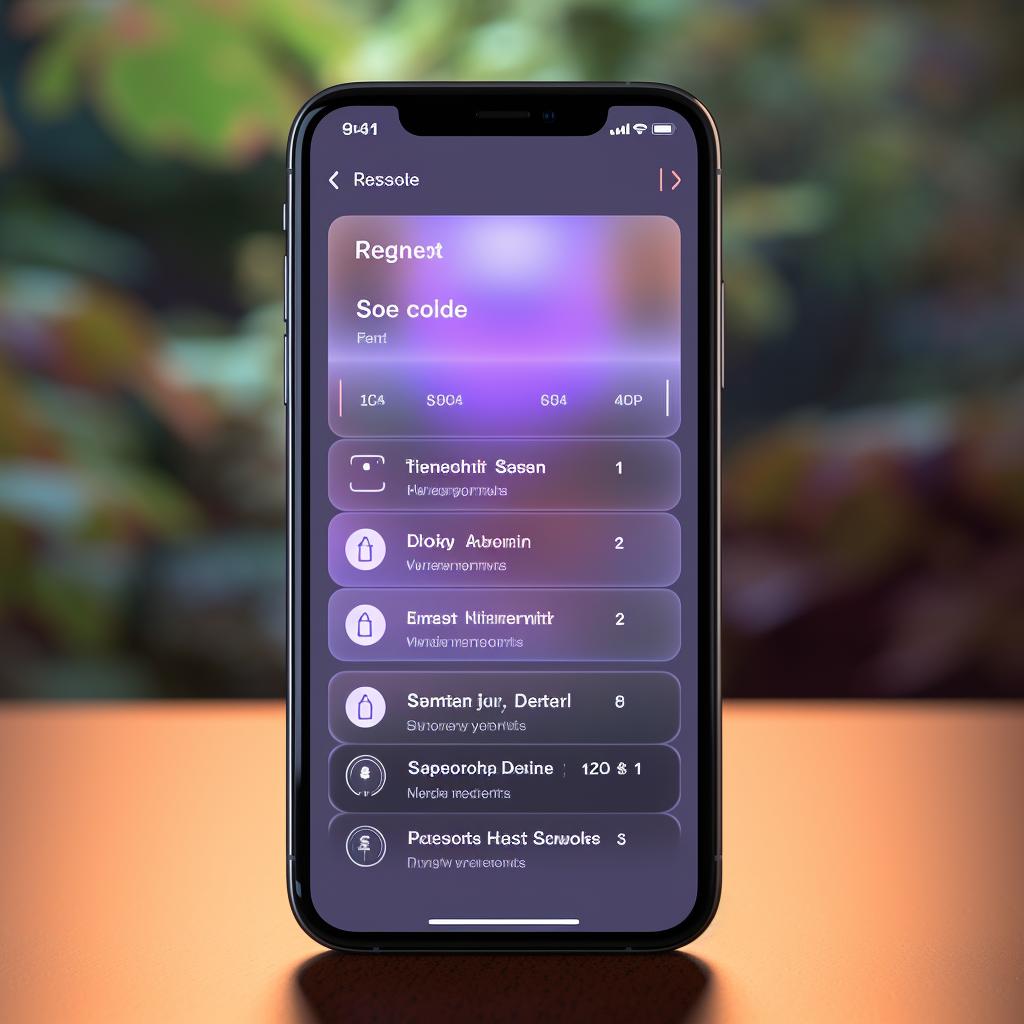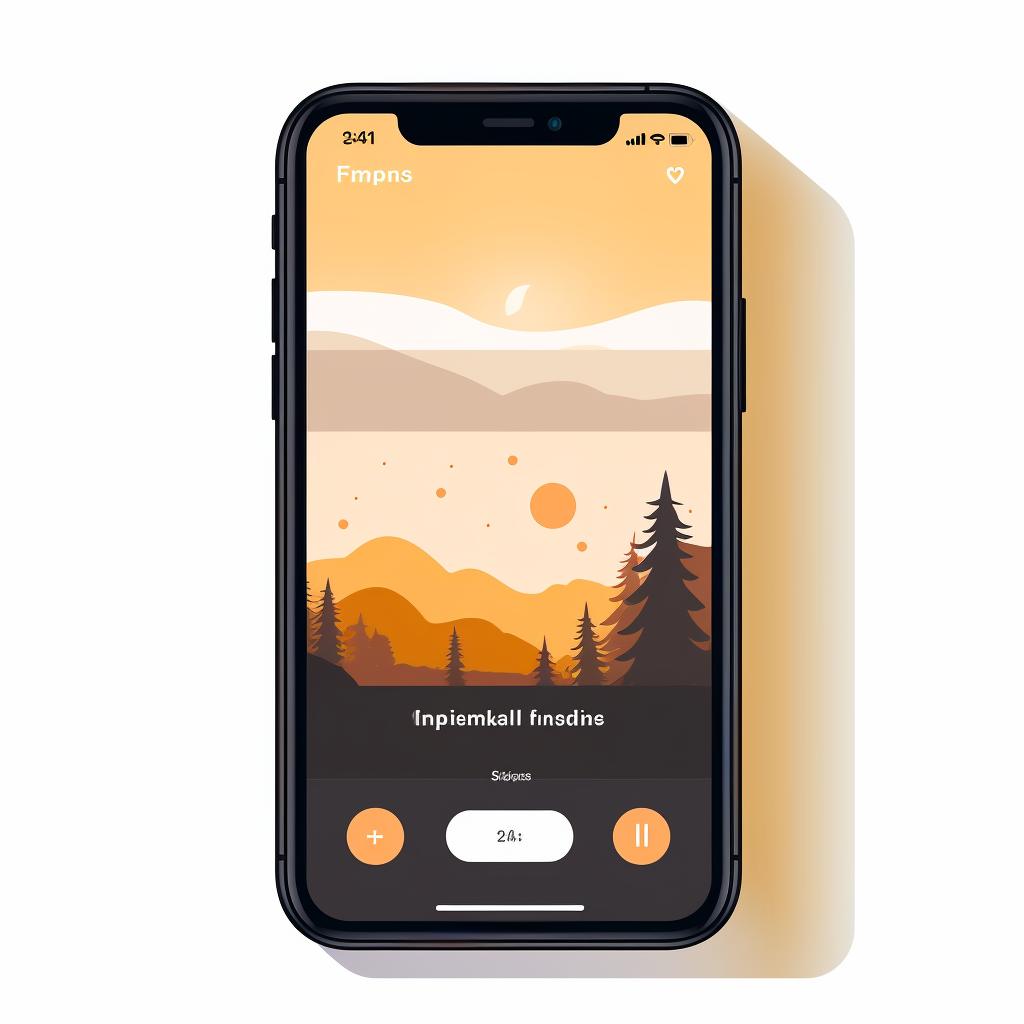📱 Checking Refresh Rate Settings on Your iPhone
Understanding how to check and adjust the refresh rate settings on your iPhone can significantly enhance your user experience. Whether you're scrolling through social media, gaming, or watching videos, the refresh rate plays a crucial role in how smoothly your screen displays motion. This step-by-step guide simplifies the process of checking your iPhone's refresh rate settings, but it's just the tip of the iceberg when it comes to optimizing your device's performance.
For those who enjoy gaming on their iPhones, understanding the optimal refresh rate settings for gaming is essential. High refresh rates can make your gaming experience smoother and more immersive. However, it's important to note that higher refresh rates can also consume more battery life. Therefore, knowing when to limit your frame rate can help balance performance and battery life.
With the release of the iPhone 13 and the upcoming iPhone 14, Apple has made significant strides in screen technology. The expected refresh rate for the iPhone 14 is a testament to Apple's commitment to providing users with a seamless and fluid visual experience. If you're planning to upgrade, understanding how to manage your refresh rate settings will be even more crucial.
Refresh rate is not limited to smartphones; it's a critical aspect of all display technologies. If you're curious about how refresh rates affect other devices, our articles on leveraging your monitor's refresh rate for 4K gaming and changing the refresh rate on your TV offer in-depth insights.
Lastly, it's important to remember that while technology continues to evolve, our eyes have their own limitations. The real refresh rate of the human eye is a fascinating topic that puts into perspective how we perceive motion on our screens.
By understanding how refresh rates work and how to adjust them, you can optimize your device for a smoother, more enjoyable viewing experience. Whether you're an avid gamer, a movie enthusiast, or simply someone who spends a lot of time on their phone, mastering your device's refresh rate settings can make a world of difference.














